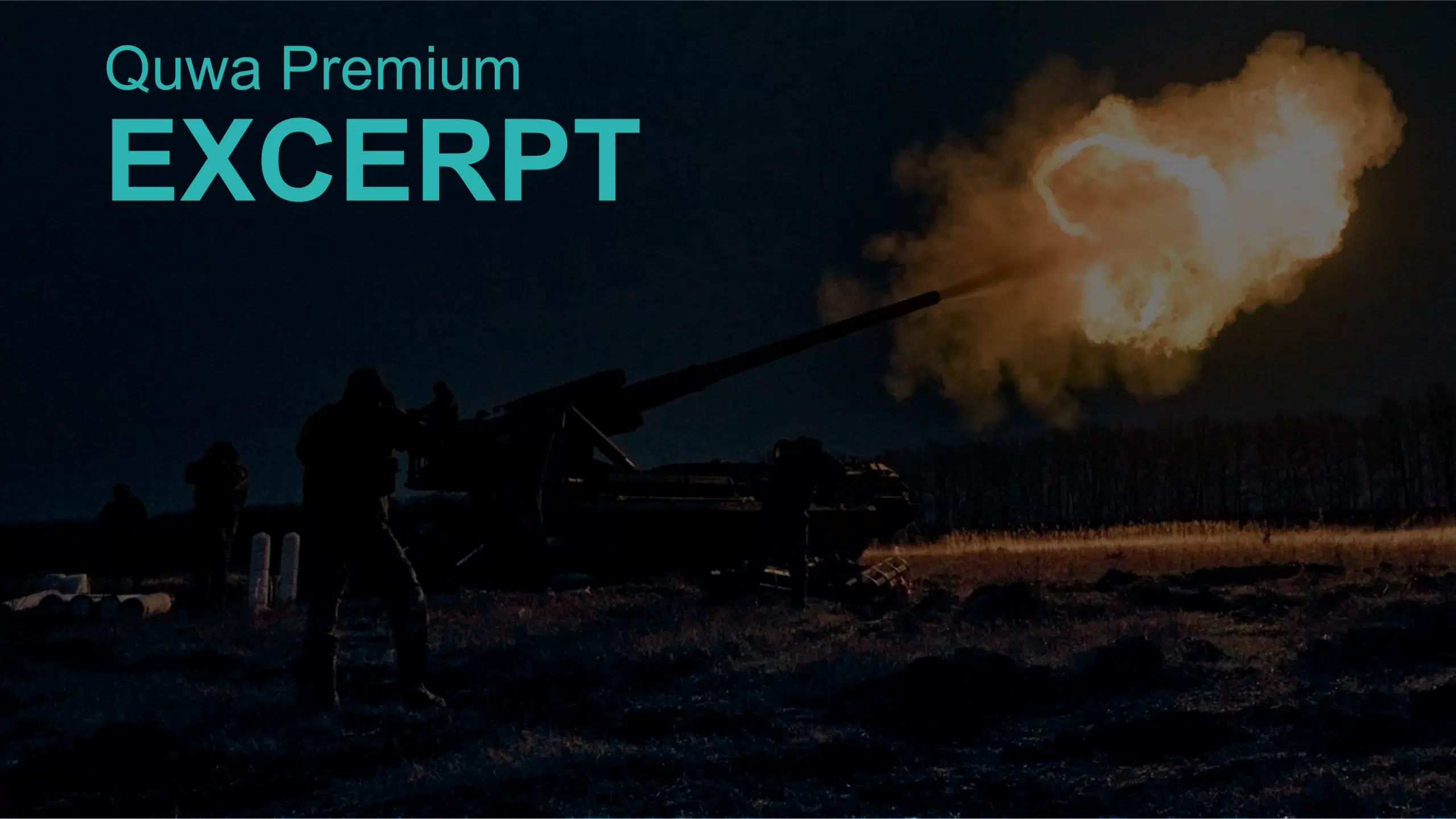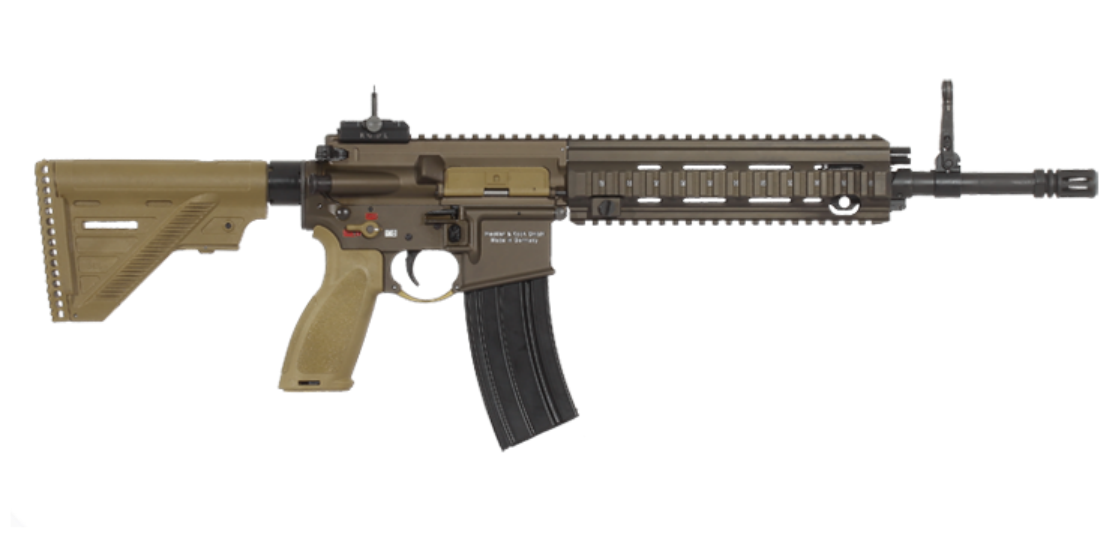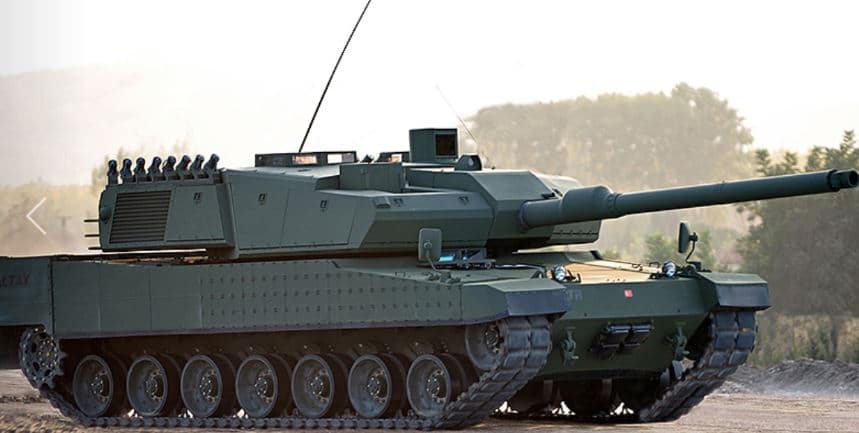2941Views

Cluster Warheads Enter the Russia-Ukraine War
On 07 July, the U.S. Department of Defense (DoD) announced that it will release additional military aid to Ukraine. The latest assistance package will comprise of ammunition for Ukraine’s artillery platforms, such as the High Mobility Artillery Rocket System (HIMARS), missiles for air defence systems, drones, and other support equipment. However, the focal point of this program – and a point of debate both domestically in the U.S. and overseas – is the transfer of Dual-Purpose Improved Conventional Munitions (DPICM).
The DPICM is a type of warhead encasing submunitions, specifically shaped charges for anti-armour roles and fragmentation pieces for anti-personnel. In effect, a single DPICM unit can be used for a composite or mixed of sorts against both vehicles and infantry. When it comes to deployment, the end-user can launch a DPICM with either an artillery shell or surface-to-surface missile (SSM). The concept is also at play in the air-to-surface role, but through cluster bombs as well as more sophisticated submunition dispensers, such as the CBU-97 Sensor Fuzed Weapon, for example.
Currently, Ukraine is slated to receive DPICM-equipped 155 mm rounds, which it can deploy from its towed and self-propelled howitzers. However, DPICMs can also be fitted onto 105 mm and 203 mm shells, should the U.S. opt to provide those to the Ukrainian Armed Forces in the future. Likewise, DPICMs could also be equipped onto the guided rockets in use by the HIMARS.
Analysts observed that Ukraine could use the DPICM in a number of scenarios, notably against established Russian trenches, for example. One outcome of using the DPICM could be that Ukraine will maintain more of its unitary warhead stores by relying on the area-wide attack capability of submunitions. Basically, as a single DPICM-fitted round traverses towards its target, it releases its submunitions along the way. Thus, a single DPICM-fitted round could cause area-wide damage against infantry and/or vehicles. Not only can Ukraine inflict more damage through fewer rounds, but it can preserve its unitary rounds and, in turn, use them to reinforce its counteroffensive or for future operations.
Overall, as with many aspects of the Russia-Ukraine War, the conflict has become a real-world case study to assess the impacts of a modern weapon system. Specifically, it is a test case to see how the DPICM fares and affects the course of a conventional, inter-state war (and a protracted one no less). Thus, it could set a lesson for other militaries, especially those that could potentially engage across both situations – i.e., as a means to break fixed enemy positions while also withstanding enemy offensives.
However, the use of these weapons come at a significant cost. They create severe risks for civilians as the munitions have a failure or “dud” rate (however minimal) that can result in post-war/conflict disasters. In addition, those some “dud” munitions could also pose a risk to friendly units trying to capture or hold the affected areas. It would basically necessitate a form of mine-removal work to clear. Currently, the U.S. and Ukraine’s rationale for using these weapons is that they will be used within Ukrainian territory as a means to remove Russia’s continued occupation (i.e., defensive in nature, strategically speaking).
Lessons for Pakistan
Today, Pakistan faces an acute submunitions threat, most notably from the air through the CBU-105, which is a precision-guided, stand-off range variant of the CBU-97…
End of Excerpt (548/1,036 Words)
You can read the complete article by logging in (click here) or subscribing to Quwa Premium (click here).
For more Pakistani defence industry news and analysis, check out:


